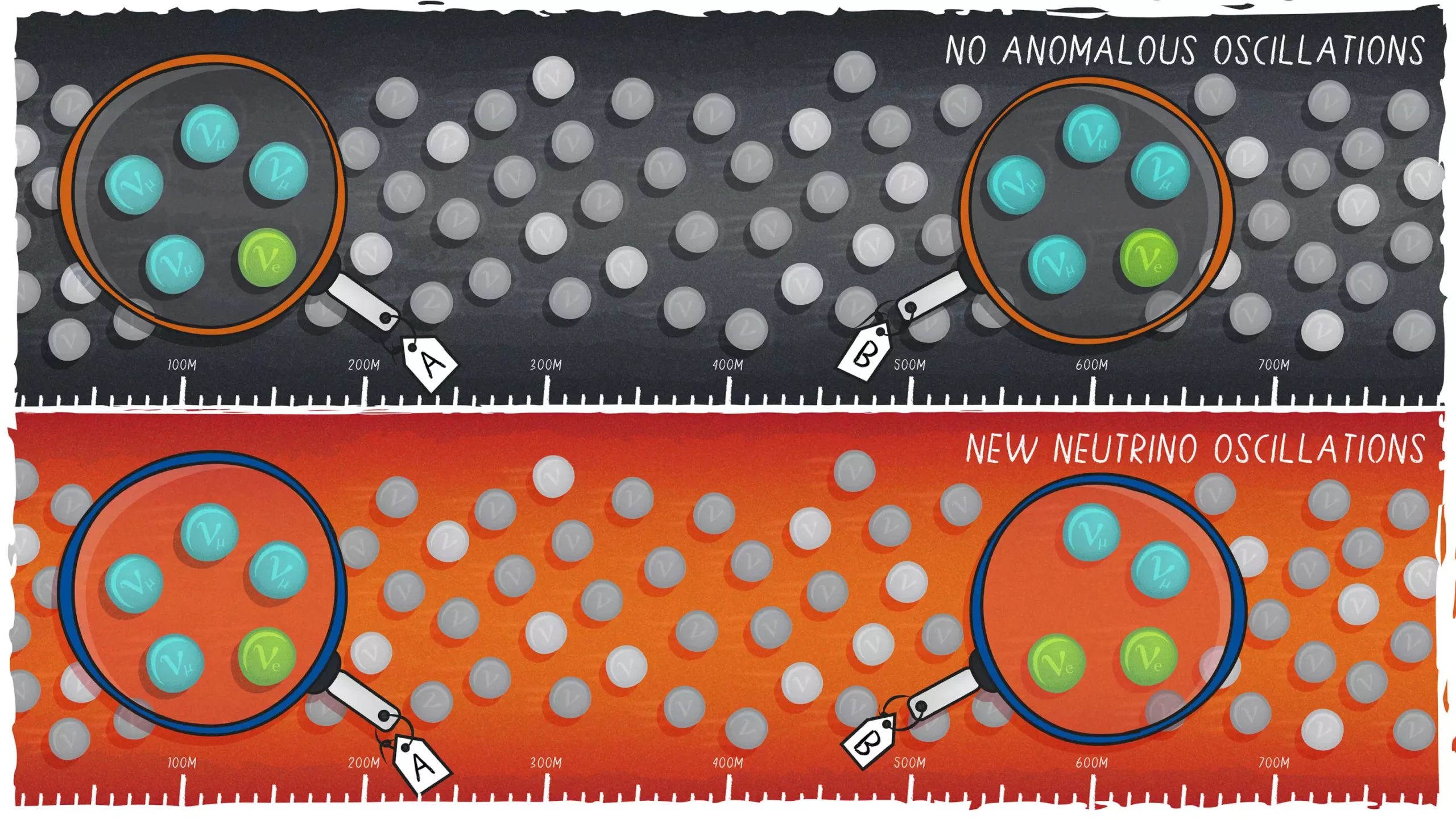The Short-Baseline Near Detector (SBND) at Fermi National Accelerator Laboratory has achieved a significant milestone by identifying its first neutrino interactions. This accomplishment did not come easily, as the SBND collaboration has dedicated nearly a decade to planning, prototyping, and constructing the detector. The moment of detecting the first neutrinos marked a pivotal moment for the team, representing years of hard work and dedication in their pursuit of new physics.
SBND’s completion signifies the final element of Fermilab’s Short-Baseline Neutrino (SBN) Program, which aims to solve a long-standing mystery in particle physics. This achievement was made possible through the collaborative efforts of 250 physicists and engineers from various countries such as Brazil, Spain, Switzerland, the United Kingdom, and the United States. The international collaboration highlights the global nature of scientific research and the collective pursuit of advancing our understanding of the universe.
The detection of neutrinos holds profound significance due to their elusive nature and their potential to unlock mysteries beyond the Standard Model of particle physics. Neutrinos, being the second most abundant particles in the universe, present a unique challenge for researchers as they interact only through gravity and the weak nuclear force. The discovery of anomalies in previous experiments has sparked curiosity about the existence of a possible fourth type of neutrino, one that interacts differently from the known three flavors: muon, electron, and tau.
SBND is positioned as a crucial component of the Short-Baseline Neutrino Program, alongside the far detector ICARUS, in investigating neutrino oscillation and potential evidence for the existence of a fourth neutrino. By closely observing neutrinos as they are produced and potentially oscillate, SBND and ICARUS offer a comprehensive understanding of neutrino behavior, challenging previous assumptions and paving the way for new discoveries in particle physics.
Beyond the search for new neutrinos, SBND’s proximity to the neutrino beam provides a unique opportunity to study 7,000 interactions per day, offering unparalleled insights into neutrino behavior. This extensive data sample enables researchers to examine neutrino interactions with exceptional precision, shedding light on the fundamental properties of these elusive particles. The findings from SBND’s physics program will not only contribute to current research efforts but also inform future experiments like the Deep Underground Neutrino Experiment (DUNE).
In addition to neutrino studies, SBND scientists are eager to explore other particles that may emerge from the particle beam, potentially uncovering clues about dark matter. While SBND is sensitive to lightweight particles, it holds the potential to detect theoretical particles associated with the “dark sector,” offering valuable insights into the enigmatic realm of dark matter. By testing various dark sector models, SBND aims to expand our understanding of the universe beyond the confines of the Standard Model.
As SBND continues to operate and analyze the vast array of neutrino interactions collected, the journey towards unlocking the mysteries of neutrinos is far from over. The detection of the first neutrinos marks the beginning of a new chapter for the collaboration, signaling a prolonged commitment to unraveling the secrets of these elusive particles. With each discovery, SBND moves closer to unraveling the complexities of the universe and reshaping our understanding of particle physics.


Leave a Reply